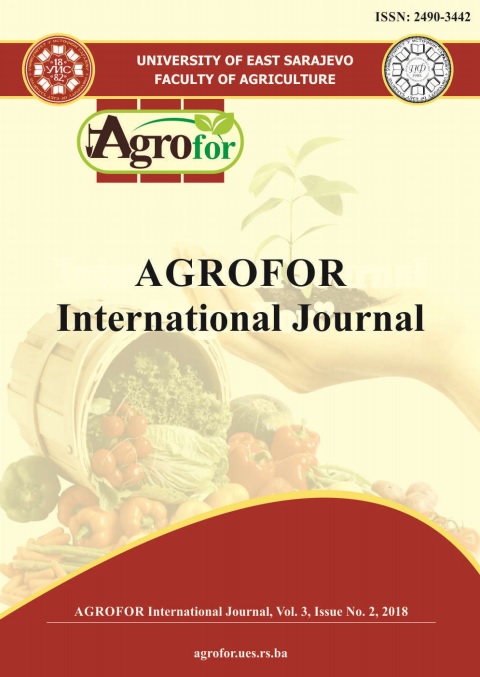FAMILY FARMS IN AUSTRIA, ITALY AND POLAND
DOI:
https://doi.org/10.7251/AGRENG1802097QAbstract
Recently there has been a surge of interest in family farms – in particular because
2014 was declared by the United Nations as the International Year of Family
Farming. This focus on family farms is mainly a reaction to several trends, such as
economic pressures, large-scale land grabbing or the restructuring of agrifood
chains, etc. Yet it has to be acknowledged that the changes taking place in
agriculture and agrifood systems put into question the role of family farms. This
paper responds to the need for a review of family farms by examining the situation
in Austria, Italy and Poland. It uses the legal form ‘sole holder’ as the criteria to
identify the family farm. It analyses the status of family farms in terms of (I)
numbers, area cultivated, livestock and labour force, (II) their contribution to
nutrition and food security, and (III) their consideration within the relevant
agricultural policies. The situations in Austria, Italy and Poland are outlined using
official agricultural census data, 2013. The results show that family farms are by
far the prevailing form of agriculture in these three countries. Furthermore, we
explore the country specific characteristics within the policy environment given in
which family farms operate and how this policy supports them. Finally, this form
of farm poses significant challenges for food production and systematic policy
design. We conclude by giving some suggestions on future perspectives and the
areas for further research.

